Transporting materials in a dump trailer is an essential function for many industries, from construction to landscaping. However, securing those materials with a tarp is equally important to ensure safe and compliant transportation. This comprehensive guide will delve into the practical steps, tips, and best practices for tarping a dump trailer effectively.
The Importance of Tarping a Dump Trailer
Tarping a dump trailer serves several critical purposes:
| Purpose | Explanation |
|---|---|
| Safety | Prevents debris from blowing away, reducing hazards on the road. |
| Compliance | Meets legal requirements for transport, avoiding fines and penalties. |
| Material Protection | Shields cargo from weather elements, preserving quality during transit. |
Understanding the significance of tarping lays the foundation for effective execution.
Types of Tarps Available for Dump Trailers
Before we delve into the tarp application process, it is essential to understand the different types of tarps suitable for dump trailers. The choice of tarp can influence usability, durability, and efficiency during transport.

1. Mesh Tarps
- Features: Made from woven materials, these tarps allow air to flow through while effectively containing smaller debris.
- Best For: Use in windy conditions where debris is light and airflow is beneficial.
2. Vinyl Tarps
- Features: Heavy-duty, waterproof, and durable. They provide complete coverage against rain and snow.
- Best For: Transporting wet or loose materials that require complete protection.
3. Poly Tarps
- Features: Lightweight and versatile, they are resistant to mildew and UV rays.
- Best For: General use; minimalistic applications where weight is a concern.

Tarp Selection Table
| Tarp Type | Weight Capacity | Durability | Water Resistance | Cost | Ideal Use |
|---|---|---|---|---|---|
| Mesh Tarps | Moderate | Medium | Low | $$ | Landscaping debris |
| Vinyl Tarps | High | High | Very High | $$$ | Construction materials |
| Poly Tarps | Low | Medium | Medium | $ | General transport |
Step-by-Step Guide on How to Tarp a Dump Trailer
Step 1: Prepare Your Equipment
Before you start tarping, ensure you have the following tools and materials ready:
- Appropriate tarp (as per the cargo type)
- Tarp straps or bungee cords
- Safety gloves
- Ladder (if needed for larger trailers)
- Cargo securing devices
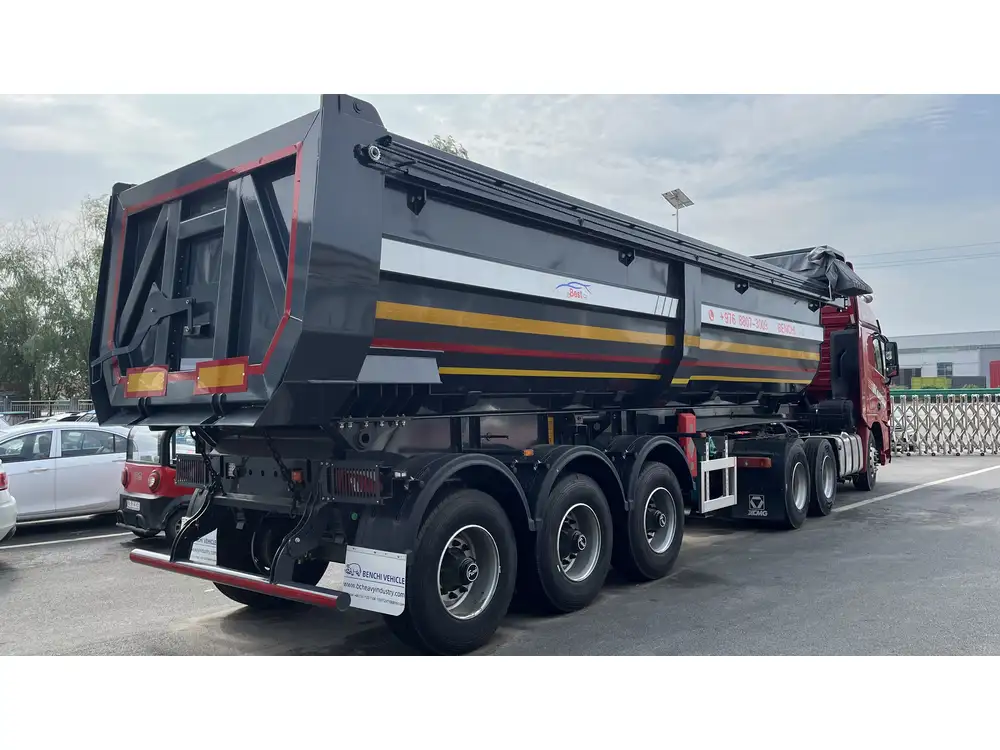
Step 2: Assess the Load
Before covering the load, evaluate its height and shape. This will inform how much tarp material is needed for full coverage. If the load is irregular, you may need to think creatively about how to cover it completely.
Step 3: Position the Tarp
Here’s how to effectively position your tarp:
- Starting Point: Begin with one end of the tarp at the convenient location on one side of the dump trailer.
- Unroll Carefully: As you unroll the tarp over the load, maintain a tight grip on it to prevent it from billowing in the wind.
Tarping Technique Table
| Positioning Step | Description |
|---|---|
| Align Left Edge | Securely attach the left edge of the tarp to the trailer. |
| Extend Over Load | Carefully extend the tarp over the entire load, ensuring coverage. |
| Attach Right Edge | Pull the tarp tightly, then secure the right edge. |
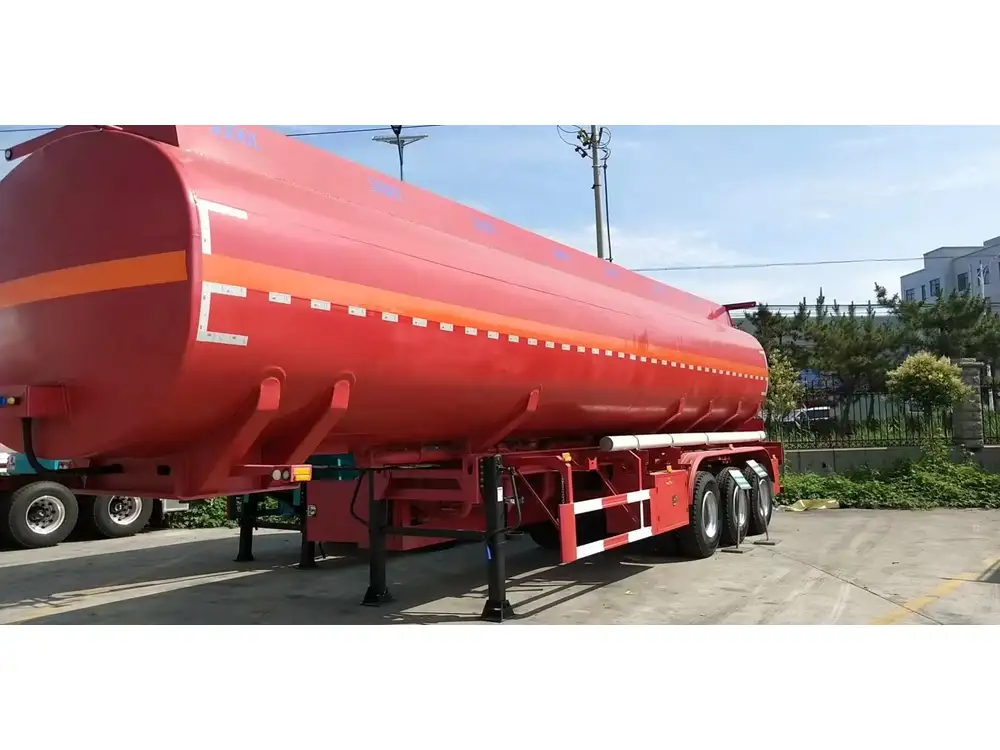
Step 4: Secure the Tarp
Once the tarp is positioned neatly over the load, it is time to secure it:
- Use Tarp Straps: Attach compatible tarp straps to the grommets (metal reinforced holes). Ensure that these are taut but not excessively tight—this prevents tearing.
- Roll Bar Mechanism: If your dump trailer is equipped with a roll tarp system, use the crank to guide the tarp over the load, ensuring even coverage.
- Double Check for Loose Areas: Identify any areas where the tarp may sag and secure them accordingly to minimize wind resistance.
Step 5: Safety Check
Conduct a thorough inspection after securing the tarp. Make sure:
- All corners are securely fastened.
- There are no loose edges that could flap in the wind.
- Visibility remains unaffected for the driver.
Common Mistakes to Avoid When Tarping a Dump Trailer
Even the most experienced operators can make errors when it comes to tarping. Here are some common pitfalls to avoid:
Inadequate Coverage
- A tarp that does not extend beyond the edges of the load can lead to debris spills.
Improper Securing Technique
- Avoid over-tightening the straps; this can cause wear and tear or structural damage to the tarp.
Ignoring Weather Conditions
- Failing to account for heavy winds or rain can result in tarps blowing off or water pooling.
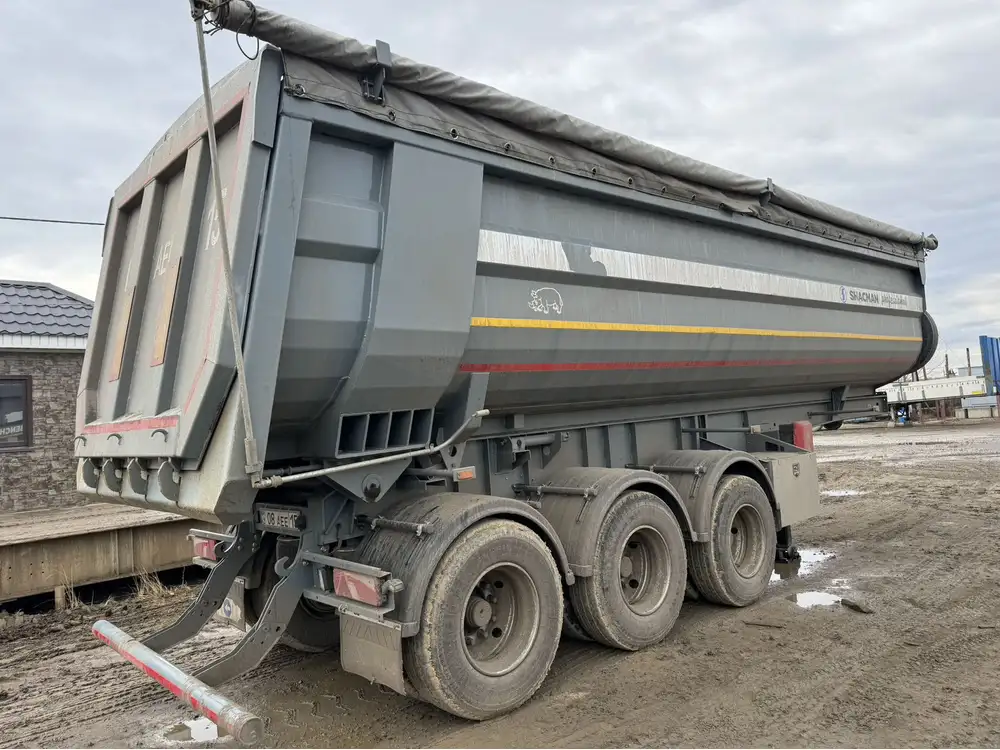
Quick Reference Checklist
- [ ] Choose the right tarp for the load
- [ ] Secure all edges properly
- [ ] Check the forecast and adjust tarping as needed
- [ ] Ensure no part of the load is visible or can spill out
Maintenance of Your Tarp
To ensure long-term usability and effectiveness, maintaining your tarp is crucial. Here are some recommended practices:
Cleaning Guidelines
- Remove Debris: After each use, remove any dirt or debris to prevent mold growth.
- Wash Gently: Use mild soap and water; avoid abrasive cleaning tools that can damage the fabric.
- Dry Thoroughly: Make sure to dry your tarp completely before storing to prevent mildew.
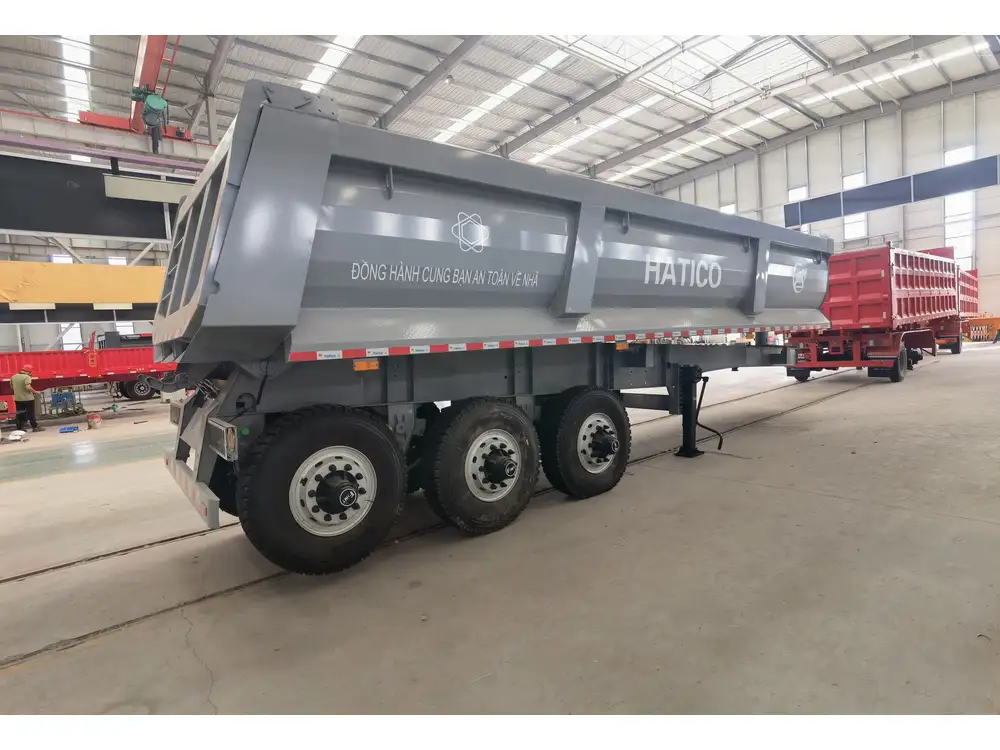
Storage Suggestions
- Fold Neatly: When not in use, fold your tarp to avoid creasing and tears.
- Store in a Cool, Dry Place: Keep away from direct sunlight and moisture to extend the life of the material.
FAQs About Tarping a Dump Trailer
Q1: How often should I tarp my load?
It is essential to tarp every load that you transport to ensure compliance with local regulations and safety standards.

Q2: What should I do if my tarp tears during transit?
If your tarp tears, stop safely, assess the damage, and consider re-securing with additional tarps if available. Always prioritize safety by not continuing to drive if debris is exposed.
Q3: Can I tarp while it is raining?
Tarping while it is raining can be challenging but necessary. Ensure you have a waterproof tarp, as this will help protect cargo and facilitate a faster process.
Q4: What type of tarp is best for transporting gravel?
Heavy-duty vinyl tarps are recommended for transporting gravel as they offer superior waterproofing and durability.
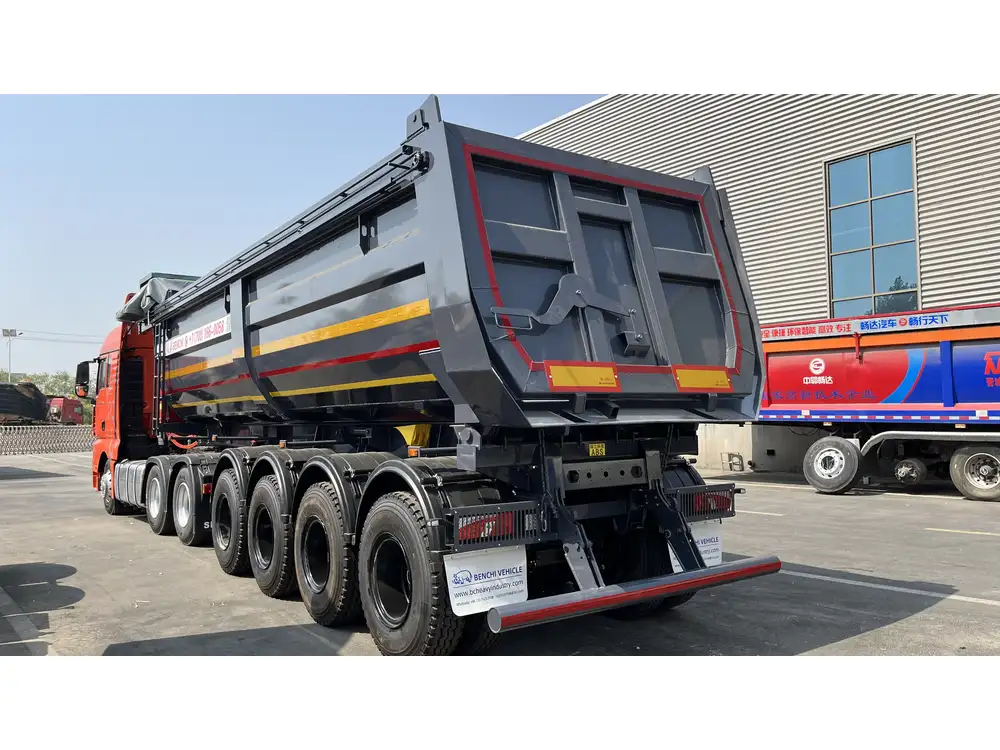
Conclusion
Tarping a dump trailer is not merely a tedious task; it is a fundamental practice that ensures safety, compliance, and protection of materials during transit. By following this detailed guide, operators can effectively secure their loads and minimize risks associated with loose debris on the road. From understanding the different types of tarps to employing the correct methods of securing, each step contributes to a successful transport experience.
Make sure to always prioritize efficiency and safety in all operations, re-evaluating your methods regularly to adapt to changing needs and conditions in the field. Let your expertise shine by mastering dump trailer tarping today!



